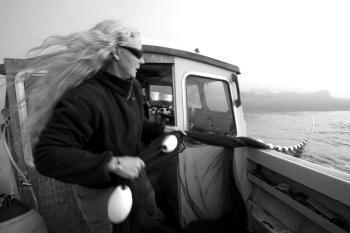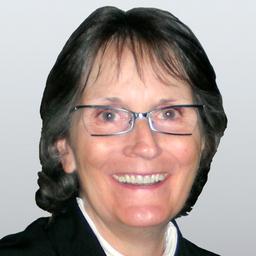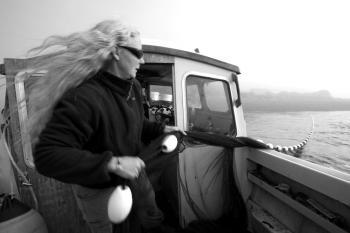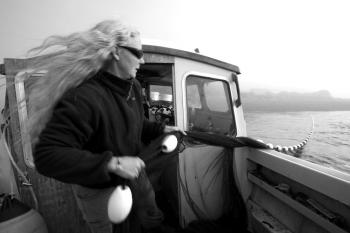Marine biologist and research scientist Alexandra Morton was quietly studying whales in a remote archipelago in British Columbia 20 years ago when the first fish farms arrived in the area.
She has since gone from thinking aquaculture a good idea to believing that the industry must be dramatically curbed or else wild salmon will disappear for good—taking B.C.’s coastal communities along with them.
In the years since, the population of Echo Bay in the Broughton Archipelago, roughly 250 miles north of Vancouver, has shrunk from 100 to about nine.
Morton, who has studied the negative impact of aquaculture on wild salmon stocks and written extensively about it, lays the blame squarely on the fish farms.
“My community, I don’t know if it will ever survive this, or revive, because as the wild fish go, so go these little communities. The fishermen here are just destroyed. The foundation of this community is gone. It’s the same for Alert Bay, because nobody can make money fishing salmon they’ve been so depleted,” she says.
The problem is that the farms in the Broughton Archipelago, currently numbering 29, are located on vital migratory routes for wild pink salmon.
The open-net cage farms, which at times contain as many as 1.3 million non-native Atlantic salmon in what are essentially large floating feedlots, provide a fertile breeding ground for parasitic sea lice. This results in high levels of sea lice in the waters around the farms, which attack the juvenile salmon as they swim past on their way to the open ocean.
Too young to have formed protective scales, the tiny smolts have no defenses against the predatory sea lice. Morton’s studies have shown that the presence of even one louse can kill a young pink salmon. Pink and chum salmon native to B.C. can’t tolerate as many lice as the hardier Atlantic salmon.
A study by Morton and University of Alberta fisheries ecologist Martin Krkošek published in the journal “Science” predicted that 99 percent of wild pink salmon in the Broughton Archipelago could be extinct in four years unless action is taken to address the impact of sea lice from fish farms.
West Coast Wild Salmon in Troubled Waters
Marine biologist and research scientist Alexandra Morton was quietly studying whales in a remote archipelago in British Columbia 20 years ago when the first fish farms arrived in the area.

Alexandra Morton hauls in a net she uses to catch salmon fry. After testing the fry for sea lice, she releases them back into the ocean. Nik West

Joan Delaney
Senior Editor, Canadian Edition
|Updated:





